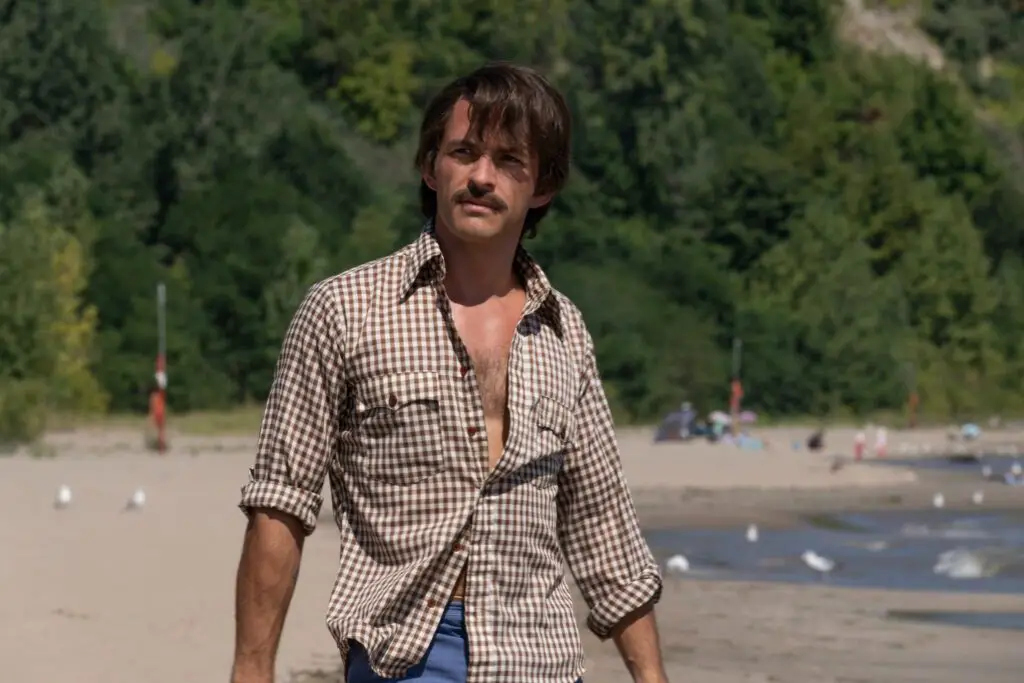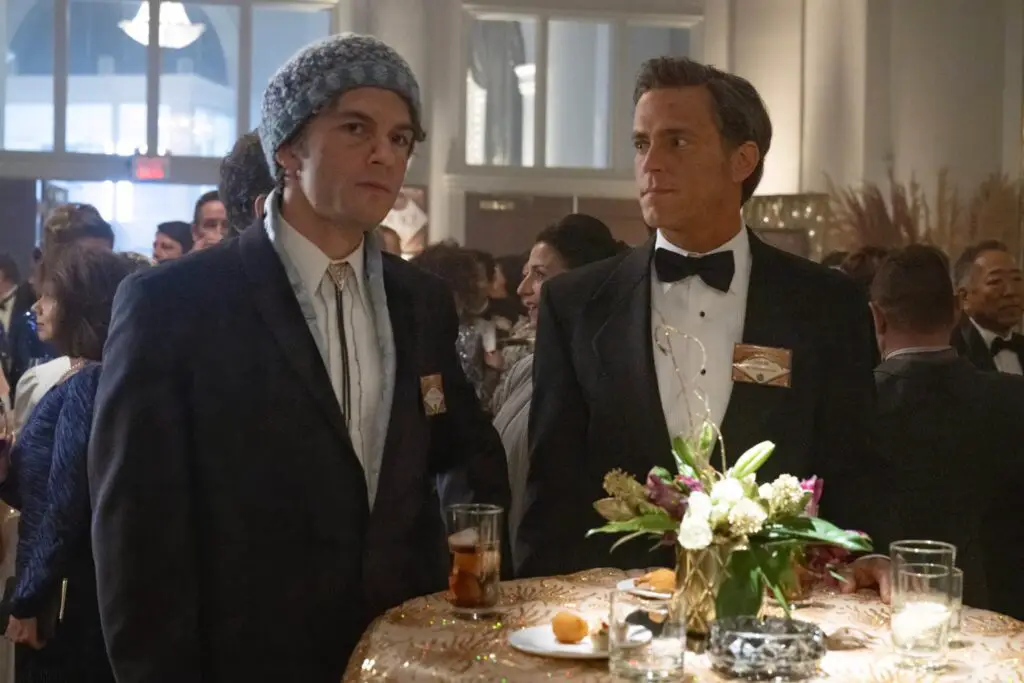In 1979, as the Gay Liberation movement gained momentum, the show “Fellow Travelers” presents a complex tapestry of emotions and societal shifts. The aftermath of Harvey Milk’s assassination reverberates deeply within the LGBTQ community, evoking a mix of celebration and sorrow. Amidst this backdrop, the series’ characters navigate their personal turmoils. Frankie, sporting an unconvincing wig, and Tim, fresh out of prison, grapple with the implications of the verdict in Milk’s case. Their lives, intertwined with historical events, reflect the era’s turbulence and the queer community’s resilience.
As the story unfolds, Tim’s interaction with Lucy, the mother of his child, and her daughter Kimberly, underscores the familial complexities often faced by LGBTQ individuals. The narrative takes viewers to the vibrant yet clichéd setting of Fire Island Pines, where Hawk, a nearly 60-year-old WWII vet, embodies the struggle against ageism in the gay community. His interaction with younger men, including Tim, highlights generational differences and the challenges of aging within the LGBTQ sphere. This setting becomes a microcosm of the varied gay enclaves across America, each with its unique cultural nuances.

In San Francisco, the character Marcus, a journalism teacher, personifies the inner conflict many faced during this era. Despite a long-term relationship with Frankie, Marcus is torn about publicly acknowledging his sexuality. His interactions with his foster son Jerome and the strain in his relationship with Frankie reveal the personal cost of living in the shadows. This subplot not only adds depth to the narrative but also portrays the diverse experiences within the LGBTQ community, especially in the context of the 1980s, a pivotal period in gay rights history.
Back on Fire Island, Hawk’s self-destructive behavior and his complex relationship with Tim take center stage. The series poignantly depicts their emotional and physical entanglement, set against Hawk’s background of alcoholism and grief over his son’s death. Their interactions, interspersed with moments of jealousy, regret, and confrontation, offer a raw look at the complexities of love, especially in a time when being openly gay was fraught with societal and personal challenges. This storyline encapsulates the heartache and passion that defined many relationships within the LGBTQ community during this era.


